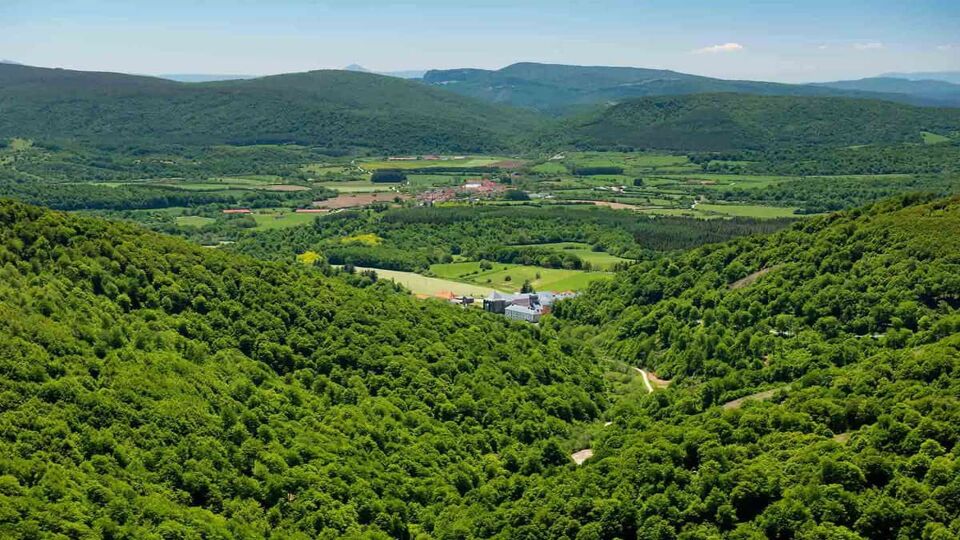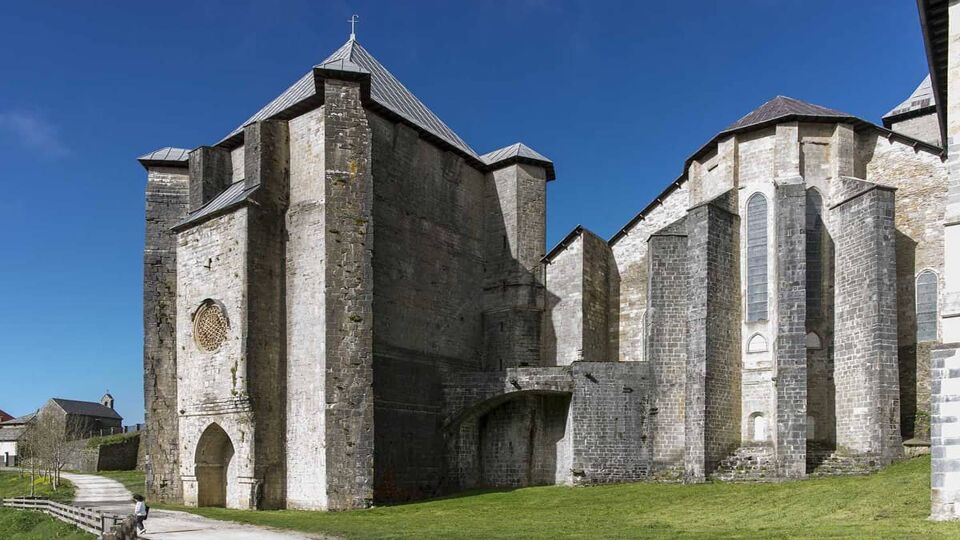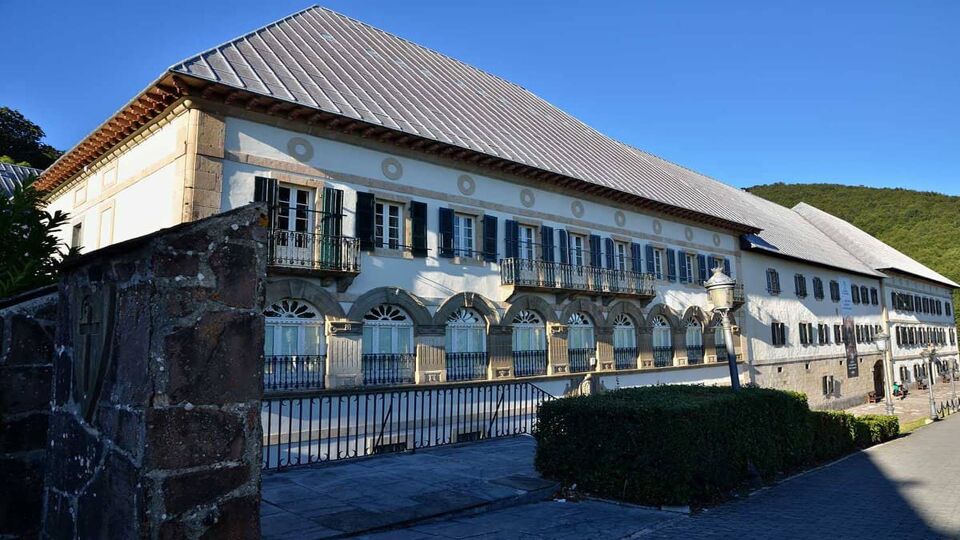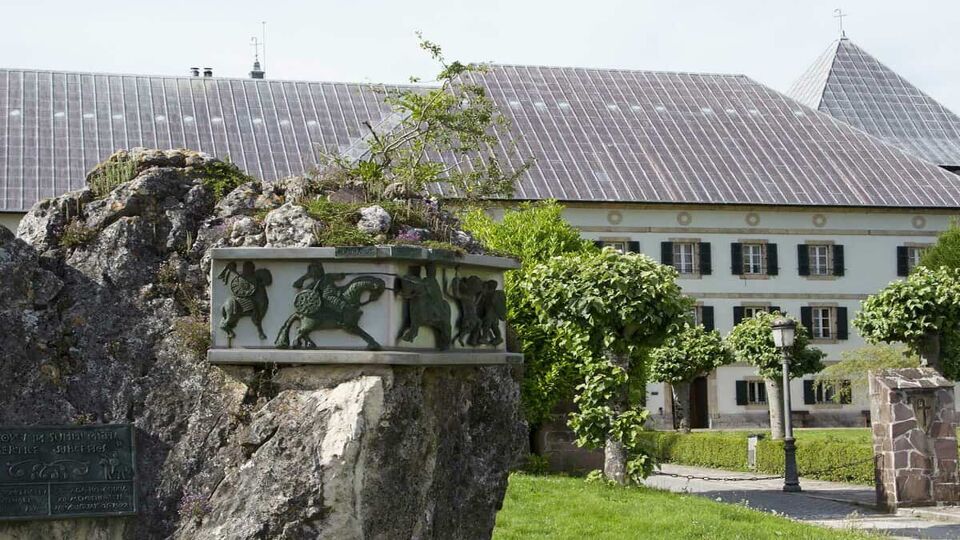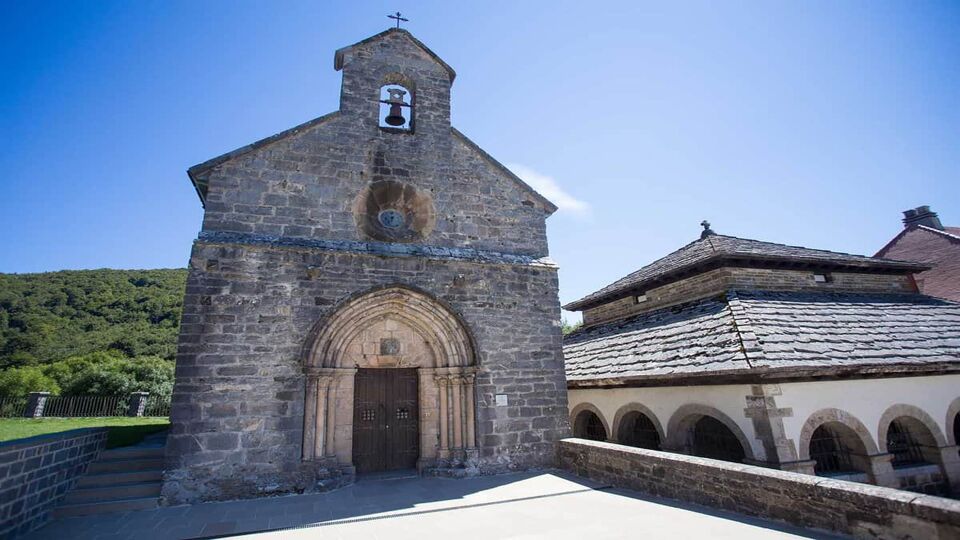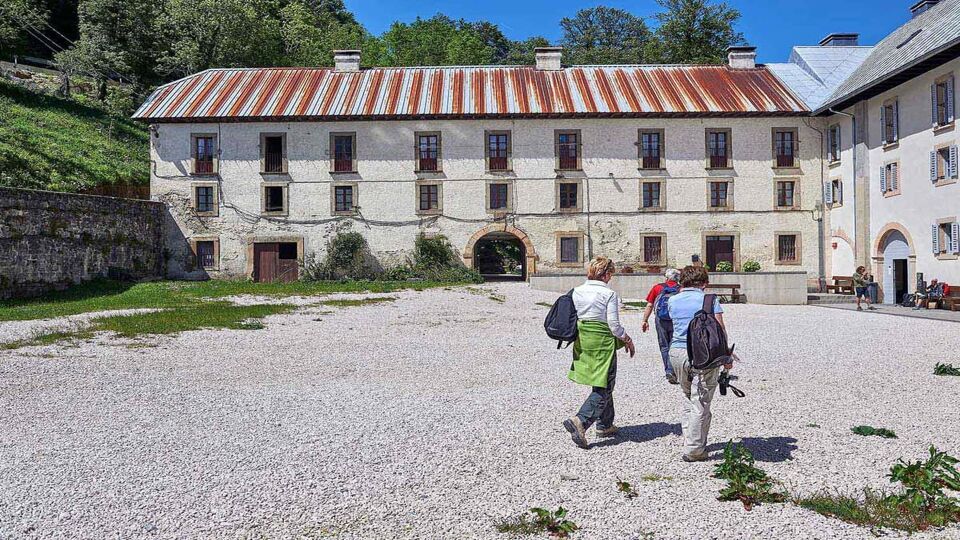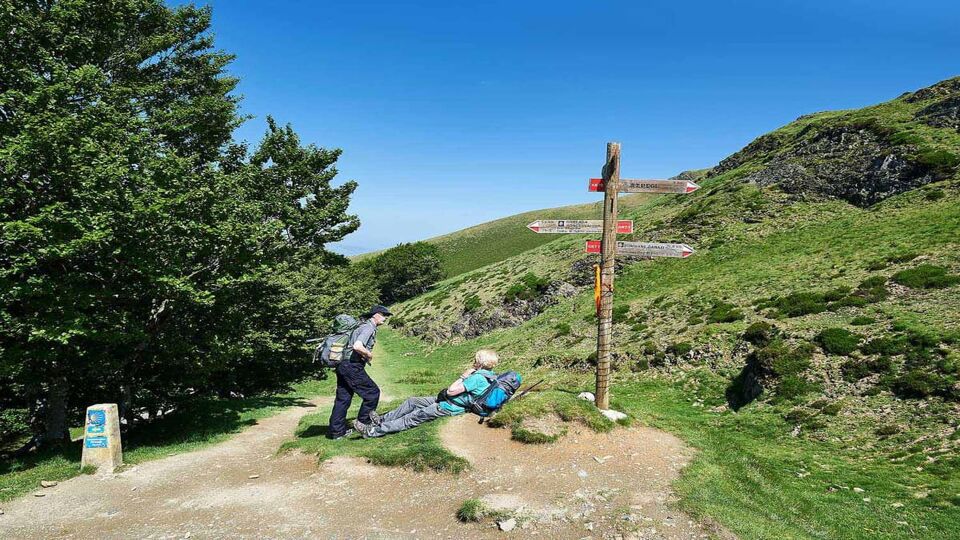
Travel bucket list idea:
Roncesvalles
Navarra, Spain
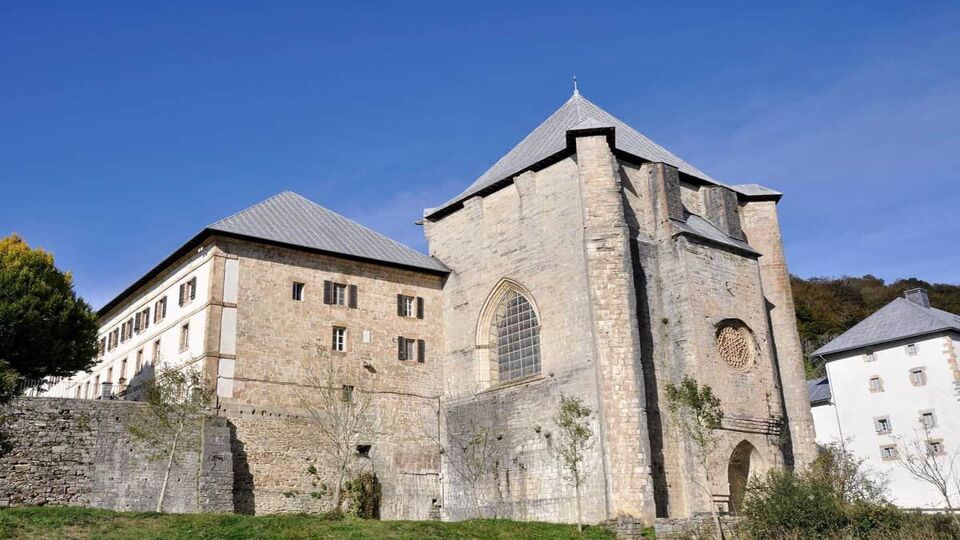
Royal Collegiate Church at Roncesvalles
The famously 1,450m pass over the Pyrenees in Navarra has seen more than its share of history. It’s where Charlemagne’s nephew Roland was famously ambushed by the Basques in the 778 Battle of Roncevaux (see the Chanson de Roland); Napoleon invaded this way, too, hence the name Route Napoleon.
Ascending from St-Jean-Pied-de Port, it also marks the first stage of the Camino Frances in Spain. It’s the hardest but one of most spectacular stages of the pilgrimage – an essential stop imbued with memories of the millions of pilgrims who passed through over the millennia.
The landmark 13th-century Gothic church, the Royal Colegiata was inspired by Notre Dame in Paris; along with its Treasures Museum, it offers a fascinating hodgepodge of legendary relics, paintings, manuscripts and goldwork associated with the Camino. One of the most astonishing sights is the effigy on the tomb of King Sancho the Strong, who really stood 7ft 4 and won a famous Reconquista battle in 1212.
Don’t miss
While you’re there, don’t miss the famous views over the Pyrenees from the reconstructed medieval church of San Salvador de Ibaneta and its monument to Roland and the pilgrims.
Logistics
Getting there & doing it
Artieda buses from Pamplona go up to Roncevalles every afternoon at 6pm (4pm on Saturdays) and return at 7am, and take an hour and 45 minutes. It’s a 47km drive – less than an hour in good weather, or about nine hours by foot, for the rare pilgrim walking back the way they came.
There’s an albergue for pilgrims at the Colegiata, and three small hotels, where you can find inexpensive meals.
When to do it
Although you should be able to drive through Roncevalles year-round, the winter weather is unpredictable; if it looks too dangerous, pilgrims on foot or bikes may be advised to wait lower down in the town of Valcarlos (which also has a pilgrimage albergue) until the weather clears.

